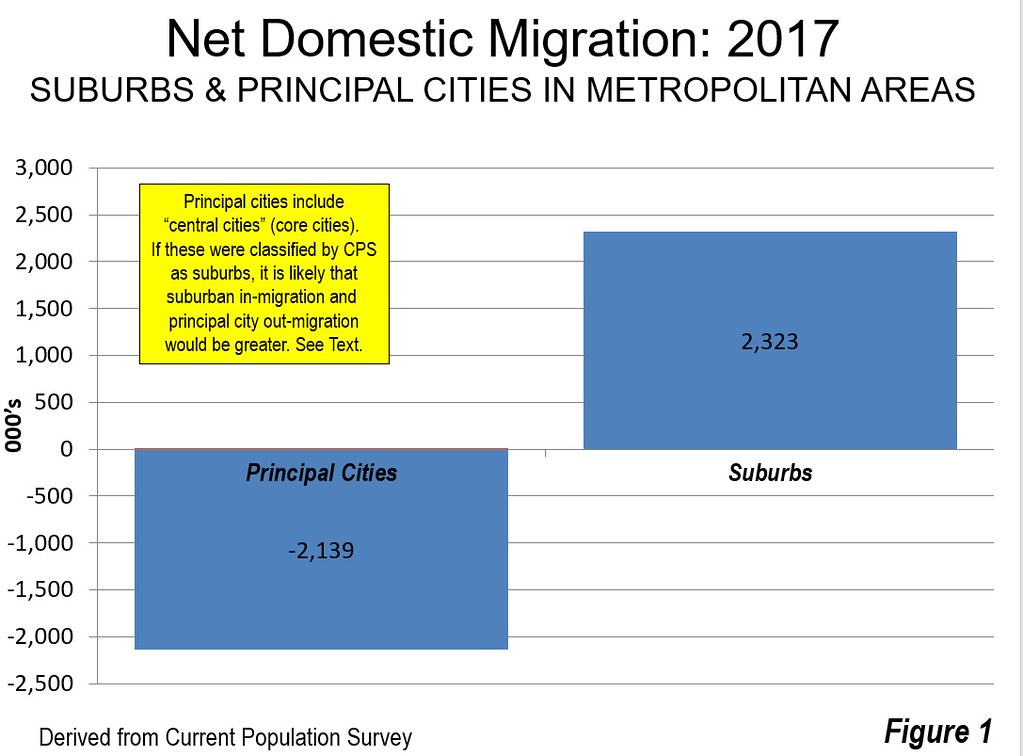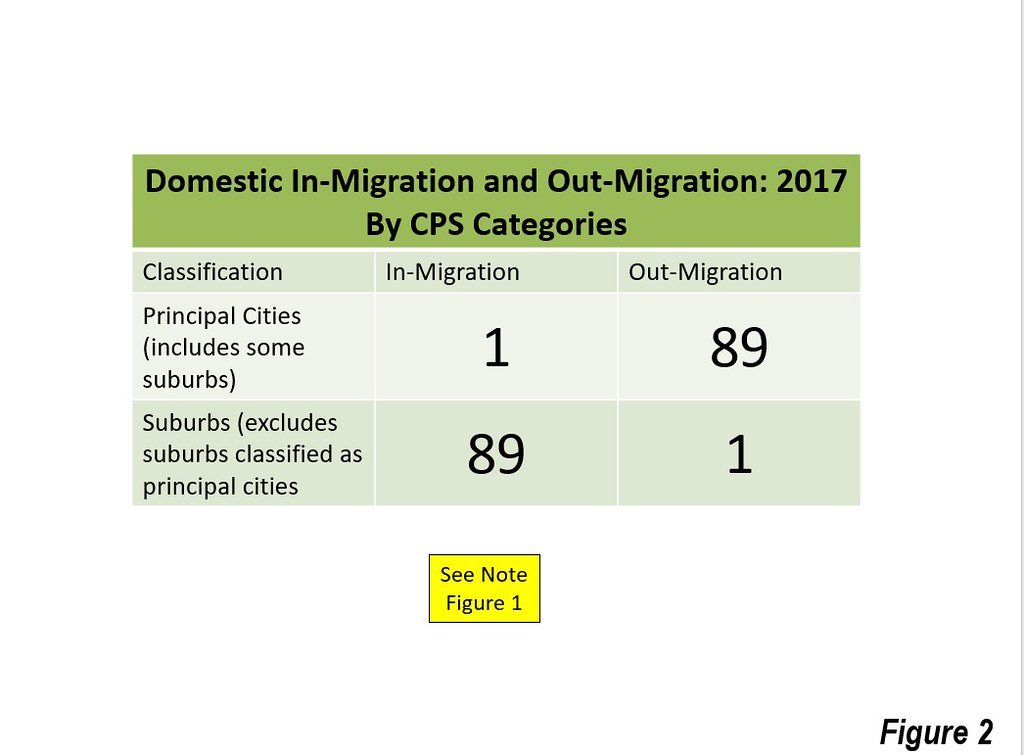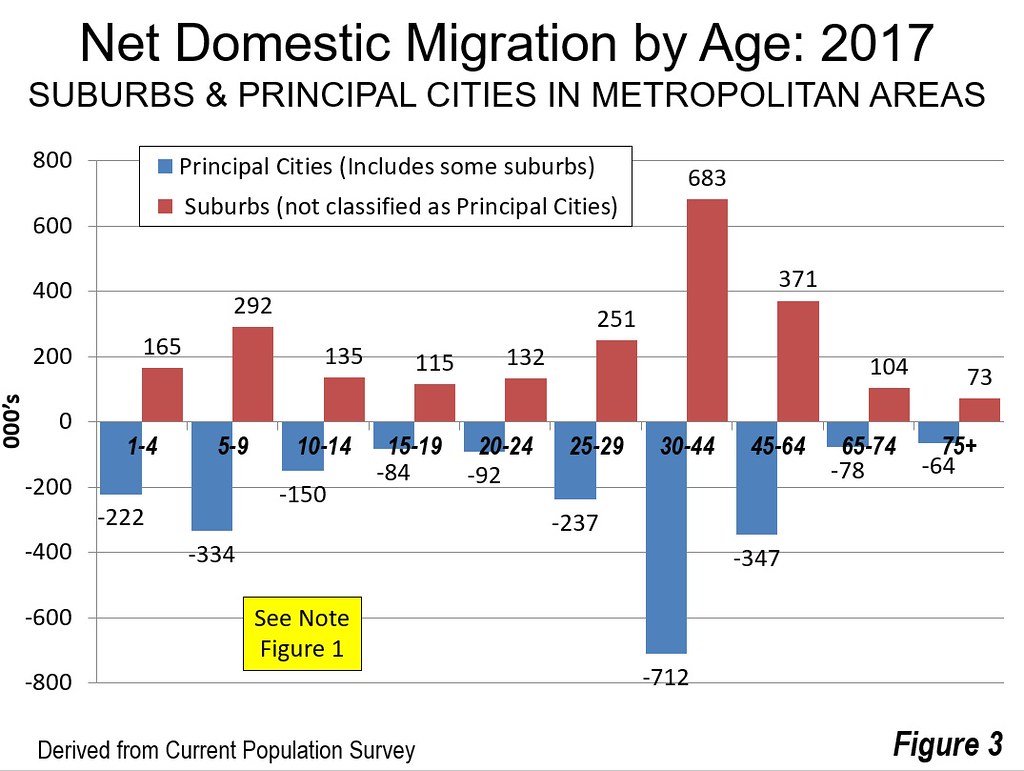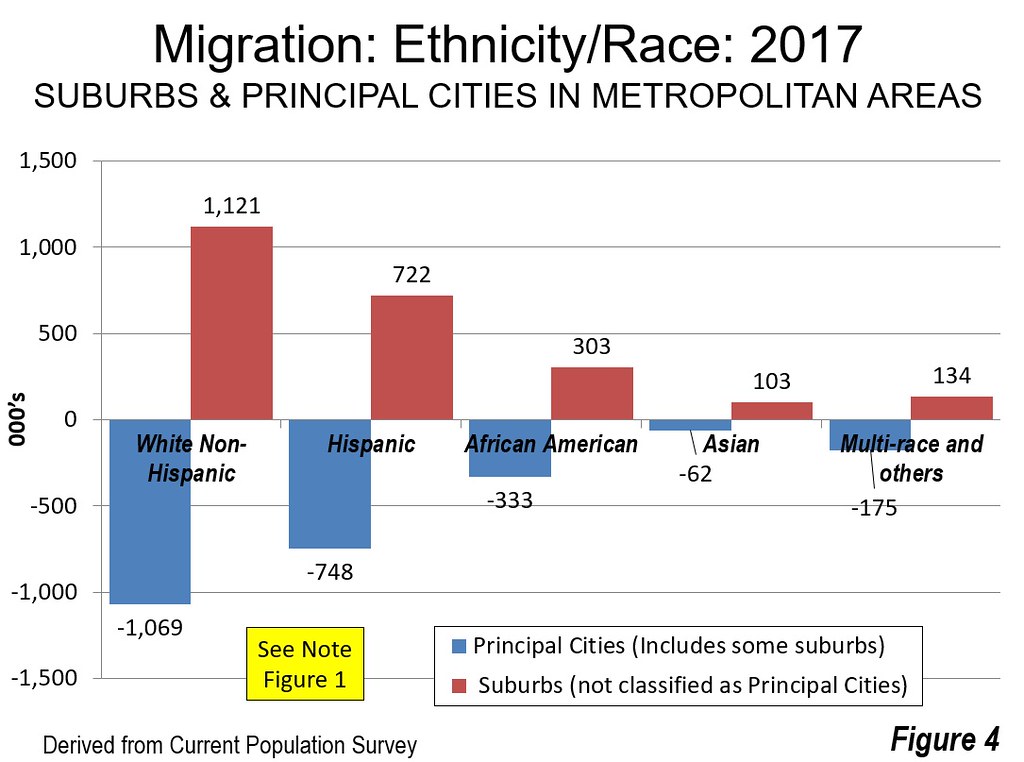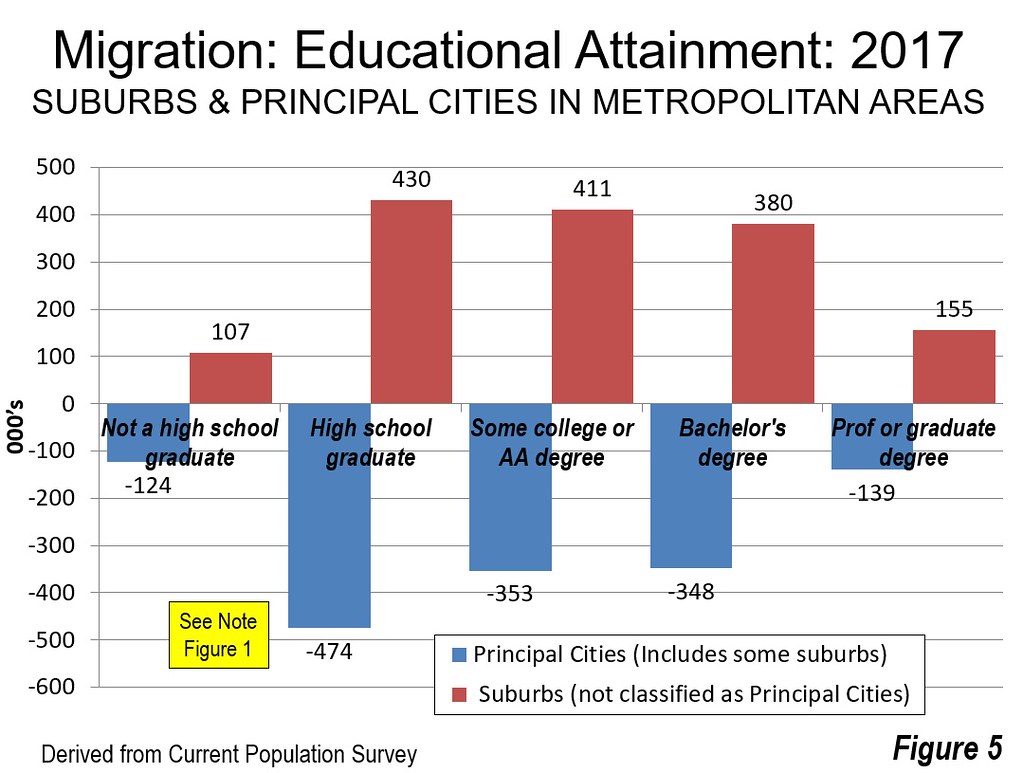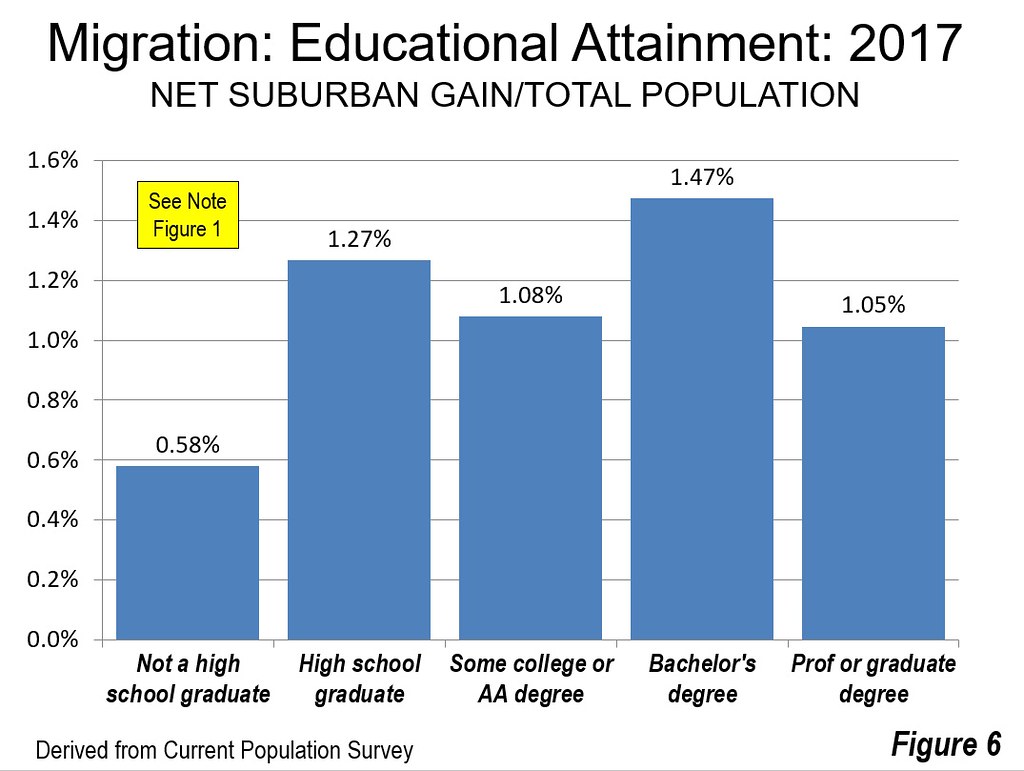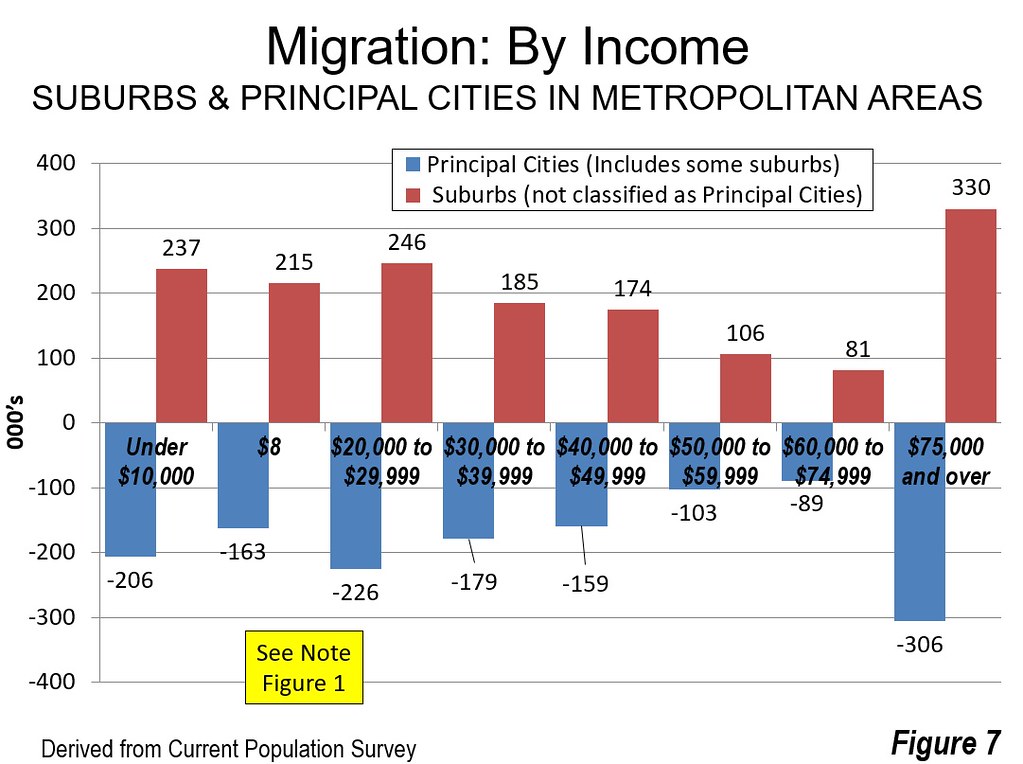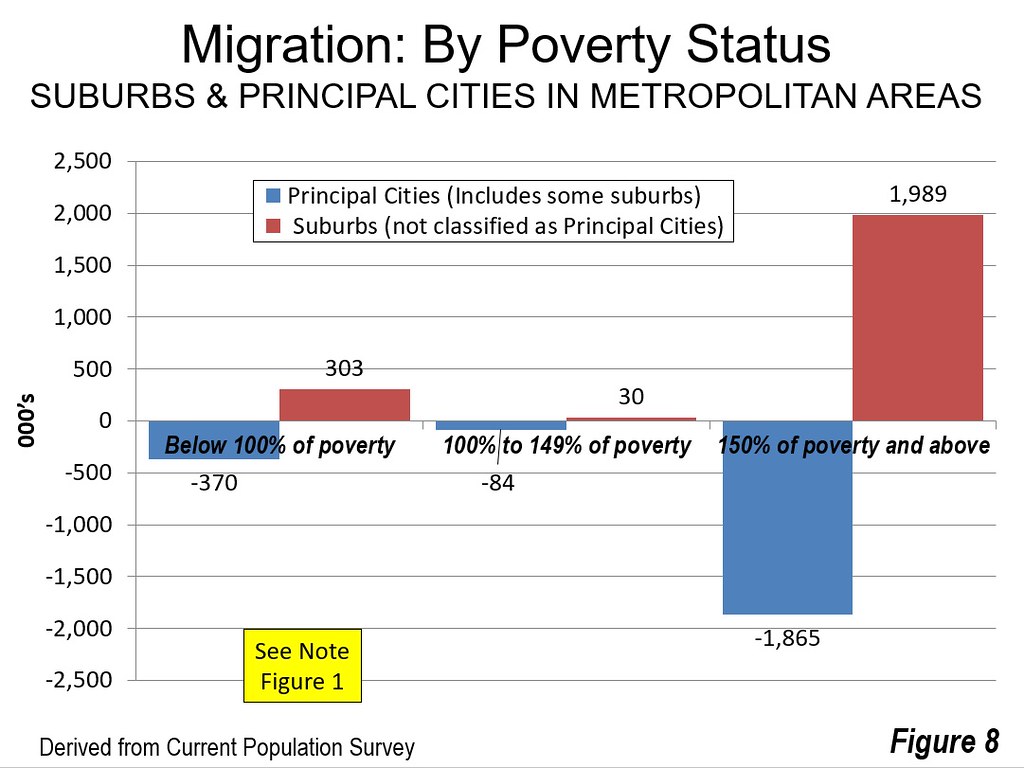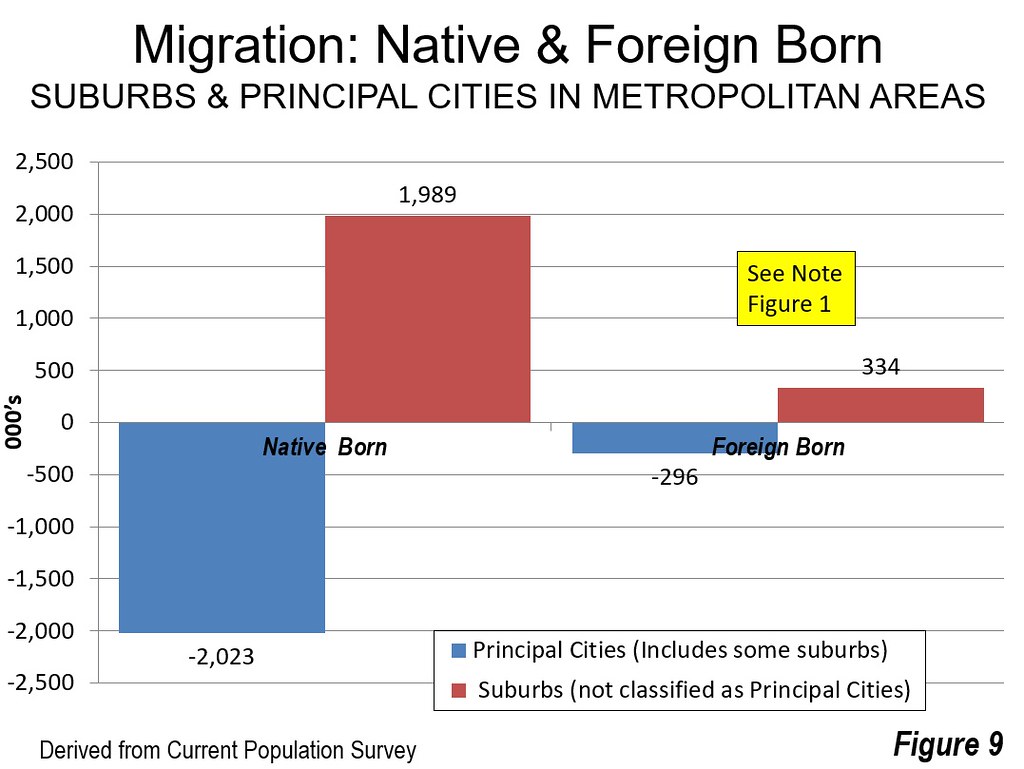
Smart growth
New Suburbanism – A Smart Alternative to ‘Smart Growth’
Furthering property rights, innovation, initiative, and economic pluralism with respect to land development
By Edward Ring, June 5, 2019 2:15 am
Solutions to California’s housing shortage invariably focus on increasing the density of preexisting cities and suburbs. Legislative solutions include SB 375, passed in 2008, which “incentivizes” cities and counties to approve high density land developments, and the failed (this time) SB 50, which would have forced cities and counties to approve high density development proposals.
How high density land development benefits special interests cannot be ignored. Politically connected developers enjoy windfall profits by selling overpriced homes crowded onto smaller parcels of land. Existing cities collect higher taxes from property owners and shoppers who would otherwise have moved into new cities. Government at all levels can spend more money on pay and benefits, and less on infrastructure. Investors harvest higher returns thanks to the real estate bubble.
In front of the hidden agenda of special interests, however, are moral arguments for so-called “smart growth.” The crux of these moral arguments for high density “smart growth” are that regional ecosystems bordering urban areas should not be sullied by new growth, and that high density development reduces emissions of greenhouse gasses, which furthers global ecosystem health.
Both of these moral arguments are flawed. As documented in an earlier analysis “Grand Bargains to Make California Affordable,” if 10 million new residents moved into homes on half-acre lots, three persons per home (with an equal amount of space allocated for new roads, retail, commercial, and industrial development), it would only use up 3.2 percent of California’s land. If all this growth were concentrated onto grazing land, much which is being taken out of production anyway, it would only consume 21 percent of it. If all this growth were to fall onto non-irrigated cropland, which is not prime agricultural land, it would only use up 19 percent of that. Much growth, of course, could be in the 58 percent of California not used either for farming or ranching.
California’s ecosystems can easily withstand significant urban expansion. Even this extreme low density growth scenario – as if there wouldn’t still be parallel development within existing urban areas – only consumes 3.2 percent of the land in this vast state. Similar concerns about greenhouse gasses are unfounded, because they rest on the assumption that higher greenhouse gas emissions are correlated with low density development. They are not, or they don’t have to be. Telecommuting, dispersion of jobs into new suburban nodes, clean energy, and clean vehicles, are all examples of future trends that belie the falsehood that all growth must be confined to existing cities.
Moreover, it is unlikely, if not impossible, for high-density development alone to ever deliver a supply of homes that meets demand, lowering prices to affordable levels. Part of the reason for this is the understandable resistance high-density proposals arouse from existing residents who don’t want to see the ambiance of their neighborhoods destroyed. Equally significant is the extraordinary cost of construction in California. But evidence from around the nation is unambiguous – in areas such as the San Francisco Bay Area where urban containment is practiced, home prices are unaffordable, and in areas such as Houston where urban growth is permitted, home prices are affordable.
If you accept these premises – that urban expansion will not cause unacceptable harm to the environment, and that urban expansion is the only way to deliver enough new homes to lower prices, “smart growth” starts to take on a different meaning. “Special interest growth” might be more descriptive.
New Suburbanism Offers An Alternative to Smart Growth
The concept of New Suburbanism is not original, but it also isn’t well established. This makes it malleable, or, at least, this leaves room for a fresh interpretation of its meaning. First expressed in 2005 by urban geographer Joel Kotkin, New Suburbanism is a complement to New Urbanism, a movement initially devoted to the twin principles of architectural and landscape design that celebrates local history and traditions, along with promoting accessible, pedestrian friendly, aesthetically engaging public spaces. Over time, New Urbanism and New Suburbanism have been taken over by the smart growth crowd, with high-density neighborhood design now the overwhelming priority of these movements. But consider these quotes from Kotkin, written in 2006:
“One critical aspect of New Suburbanism lies in its pragmatism. One cannot always assume, for example, that building a new town center, constructing denser housing, or introducing mixed-use development would automatically improve quality of life.”
Kotkin goes on to explain how “sprawling, multipolar” cities that permit suburban growth are creating more jobs and have more affordable homes, how most people starting families prefer single family detached homes, and average commutes in these cities are actually less because “jobs move to the suburban periphery.” He writes:
“We instead should follow a pragmatic, market-oriented approach to improving the areas in which people increasingly choose to live. For example, in a low-density suburban community that seeks to retain its single-family character, it may be more appropriate to introduce single-family detached housing, rather than assume multi-family apartments and lofts must be part of the solution.”
New Suburbanism is a necessary alternative to Smart Growth because Smart Growth is failing. It not only delivers an inadequate supply of homes, it delivers the wrong mixture of homes, because it delivers apartments, condominiums, townhouses, and “detached” homes with yards barely big enough for an outdoor grill, but it does not deliver what people want, which is a home with a yard.
New Urbanism has become an intellectual movement indistinguishable from the Smart Growth policies that mandate high-density development. Here, from the website “New Urbanism” is an accurate representation of the principles of New Urbanism:
1 – Walkability,
2 – Connectivity,
3 – Mixed-Use & Diversity,
4 – Mixed Housing,
5 – Quality Architecture & Urban Design,
6 – Traditional Neighborhood Structure,
7 – Increased Density,
8 – Smart Transportation,
9 – Sustainability, and,
10 – Quality of Life.
And here is a summary of why New Urbanism, or “Smart Growth,” is not so smart:
1 – Artificially and selectively inflates land values, making housing less affordable,
2 – Emphasizes public space over private space,
3 – Makes war on the car,
4 – Promotes high-density infill in low density neighborhoods,
5 – Prefers open space to homes, but not to biofuel crops, solar fields, or wind farms,
6 – Presumes that social problems will be alleviated through forcing everyone to live in ultra high density, mixed neighborhoods,
7 – Incorrectly claims there is a shortage of open space and farmland, and,
8 – Presumes to have the final answer; that its precepts are beyond debate.
New Suburbanism offers an alternative ideology – one that embraces much of New Urbanist concepts, but from an entirely different perspective. These “Principles of New Suburbanism,” are not intended to refute the virtues of high density, but to extol the virtues of low density. Embodied in these principles is the idea that human stewardship and private land ownership, combined with 21st century clean technologies, can enable a suburban and exurban landscape to host bucolic and utterly clean low density communities across thousands of square miles.
PRINCIPLES OF NEW SUBURBANISM
(1) Embraces Aesthetic Values: Suburbs can be beautiful. Spacious, forested, with architectural character. New suburban communities can be built with an emphasis on aesthetics, as well as towards creating a sense of place, especially when high density isn’t the prevailing mandate.
(2) Low and High Density Are Not Mutually Exclusive: New Suburbanists support high density zoning in the urban core of large cities. New Suburbanists enthusiastically support building 21st century cities, with high-rises and plentiful car-independent transit options and everything else inimical to the central cores of megacities.
(3) Land is Abundant: There is abundant available land for low density suburban and exurban development. New Suburbanists encourage zoning that recognizes the importance of progressively lower density zoning from urban cores, instead of draconian “urban service boundaries” that arbitrarily restrict development, especially low density development.
(4) Car Friendly: Cars are the future, not the past. Personal transportation devices are tantalizingly close to becoming ultra safe conveyances that can drive on full autopilot and have zero environmental footprint, and we are within a few decades at most of having abundant clean energy. The age of the personal driving machine has just begun.
(4) Road Friendly: Roads are the most versatile of all mass transit corridors since people, bicycles, cars, busses, and trucks can all travel on or alongside roads. Commercial areas should be car-friendly as well as bike and pedestrian friendly. Since land is abundant, this is not all that difficult.
(5) Decentralized & Off-Grid Friendly: New communities can have neighborhood-scale groundwater extraction, distribution and recharge systems. Using new off-grid technologies, sustainable and cost-effective energy and even water independence can be achieved at a household or neighborhood basis, often enabling lower taxes through avoiding more expensive larger public infrastructure.
(6) Farm & EcoSystem Friendly: Via the economic pluralism fostered by permitting flexible and low density residential zoning, i.e., small independently owned, often independently constructed homes on large lots of .5 to 20 acres, you create the potential for a vibrant market in small property leases for specialty farming. Through zoning (or protecting) vast tracts of outer suburb and exurban lands according to New Suburbanist precepts where low density home building and road building is encouraged instead of discouraged, you create a market for relatively cheap abundant land, making more affordable acquisition of land set-asides for agriculture or nature conservancies.
New Suburbanism embraces the inspiring original vision of New Urbanism, its call to create the 21st century’s version of cities and buildings that are welcoming spaces. But New Suburbanism rejects the ideological stridency, the coercion, and the porcine corruption of the powerful high density coalition.
At its heart, New Suburbanism is the necessary counterpart to New Urbanism and Smart Growth, because they are constrained by an imbalanced, unnecessary bias towards high density. New Suburbanism gives back to our cities and towns their freedom; gives us abundant land; gives us affordable homes; gives our cities turned suburbs turned exurbs the unforced, organic, natural and easy transition from dense to sparse. If New Urbanism defines the aesthetic of our new and renewed cities, than New Suburbanism helps define the aesthetic interface between city and country; it gives us back the smooth transition from urban chic to country soul.

:no_upscale()/cdn.vox-cdn.com/uploads/chorus_asset/file/7743799/GettyImages_114951493.jpg) American architect Frank Lloyd Wright at the Rockefeller Center, New York, with a model of his ‘Broadacre City’ concept for suburban development, April 15, 1935. Photo by Keystone View Company/FPG/Archive Photos/Getty Images
American architect Frank Lloyd Wright at the Rockefeller Center, New York, with a model of his ‘Broadacre City’ concept for suburban development, April 15, 1935. Photo by Keystone View Company/FPG/Archive Photos/Getty Images:no_upscale()/cdn.vox-cdn.com/uploads/chorus_asset/file/7744317/FLWcombine2_triptych.jpg) Ellen Moody/Courtesy of The Museum of Modern Art
Ellen Moody/Courtesy of The Museum of Modern Art:no_upscale()/cdn.vox-cdn.com/uploads/chorus_asset/file/7743975/GettyImages_3233396.jpg) Aerial view of the vast spread of Levittown, Long Island, New York, the nation’s first suburban housing development complex, circa 1955. Photo by Hulton Archive/Getty Images
Aerial view of the vast spread of Levittown, Long Island, New York, the nation’s first suburban housing development complex, circa 1955. Photo by Hulton Archive/Getty Images Photovoltaic panels like these would become standard on new California homes starting in
Photovoltaic panels like these would become standard on new California homes starting in 
